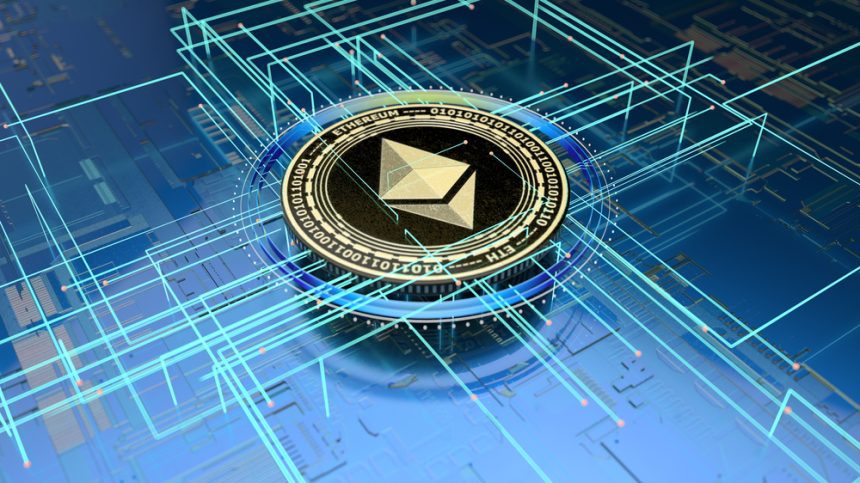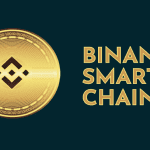If you’ve spent any time in crypto, you’ve definitely bumped into the term ERC-20. It shows up everywhere from serious DeFi projects to meme coins that make you laugh and then secretly check the price. But here’s the question: what actually is ERC-20, and why is it such a big deal?
The short answer it’s the rulebook. ERC-20 is what keeps the Ethereum world from falling apart. It’s a shared standard developers use to make tokens that actually work together instead of fighting for attention.
Picture Ethereum like a huge, electric city buzzing with activity. ERC-20 is the building code that keeps the skyline standing straight. Every developer follows it, so their tokens can move through the city into wallets, apps, and exchanges without breaking anything.
And before ERC-20 came along? Absolute chaos. Everyone built things their own way, and half of them couldn’t even talk to each other. ERC-20 changed that. It brought order to the madness and that’s why it still matters today.






















